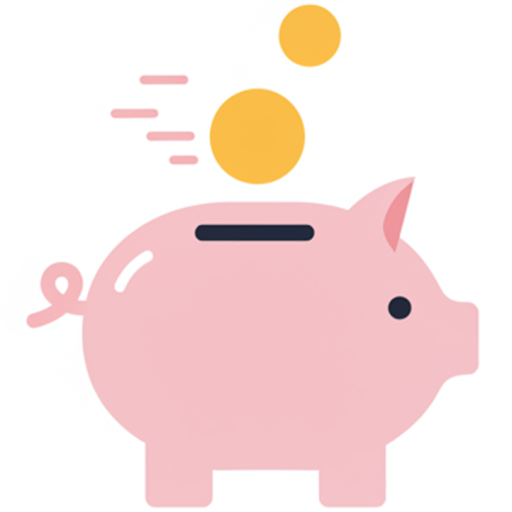We’ve all had those weeks, haven’t we? When you’re watching the calendar, counting down the days until your next pay arrives.
It’s a bit like walking a tightrope. Trying to balance everything until you get that little bit of breathing room.
But, for some, that tightrope walk isn’t just a bad week. It’s their everyday reality.
Living paycheque to paycheque means your income covers your expenses, but there’s nothing left over. No wiggle room. No safety net.
Let’s explore what this means and what it feels like.
The Money Part: The Mechanics of Paycheque to Paycheque Living
- Income Equals Expenses: Your monthly income is almost exactly the same as your monthly outgoings.
- No Savings or Emergency Fund: There’s little to no money left for savings or unexpected costs.
- Dependence on Regular Income: Any delay or loss of income can cause immediate financial hardship.
- Limited Financial Flexibility: There’s little room to adjust spending or handle unexpected costs.
This situation leaves people vulnerable to financial shocks.
The Real Life Part: The Emotional Weight of Financial Instability
Beyond the numbers, living paycheque to paycheque takes a real toll.
The constant worry about money can seep into every aspect of life.
It’s the stress of wondering how you’ll pay for a sudden car repair, or the anxiety of a child’s unexpected school trip.
It’s about the feeling of being trapped or not being able to plan for the future. It’s the constant calculation of what you can and cannot afford.
The desire to provide for your family. But the fear that you won’t be able to. It’s the exhaustion of living in a state of constant financial alertness.
- Constant Anxiety: The worry about unexpected expenses or income loss.
- Limited Opportunities: The inability to plan for future goals or invest in personal development.
- Relationship Strain: Financial stress can put a strain on relationships.
- Feelings of Helplessness: A sense of being trapped in a cycle of financial instability.
Understanding the pressures of this situation is crucial.
Tips:
- Track Your Spending: Knowing where your money goes is the first step to change. Use a budgeting app or a simple notebook.
- Cut Non-Essentials: Look for ways to reduce your spending, even small changes can add up.
- Increase Income: Explore ways to earn extra money, like a side hustle or part-time work.
- Build an Emergency Fund: Even a small amount saved each week can make a difference.
- Seek Support: If you’re struggling, talk to a financial advisor or a debt charity.
Living paycheque to paycheque is a reality for many.
But with careful planning, and a bit of help, it’s possible to find a path toward greater financial stability.

Leave a Reply